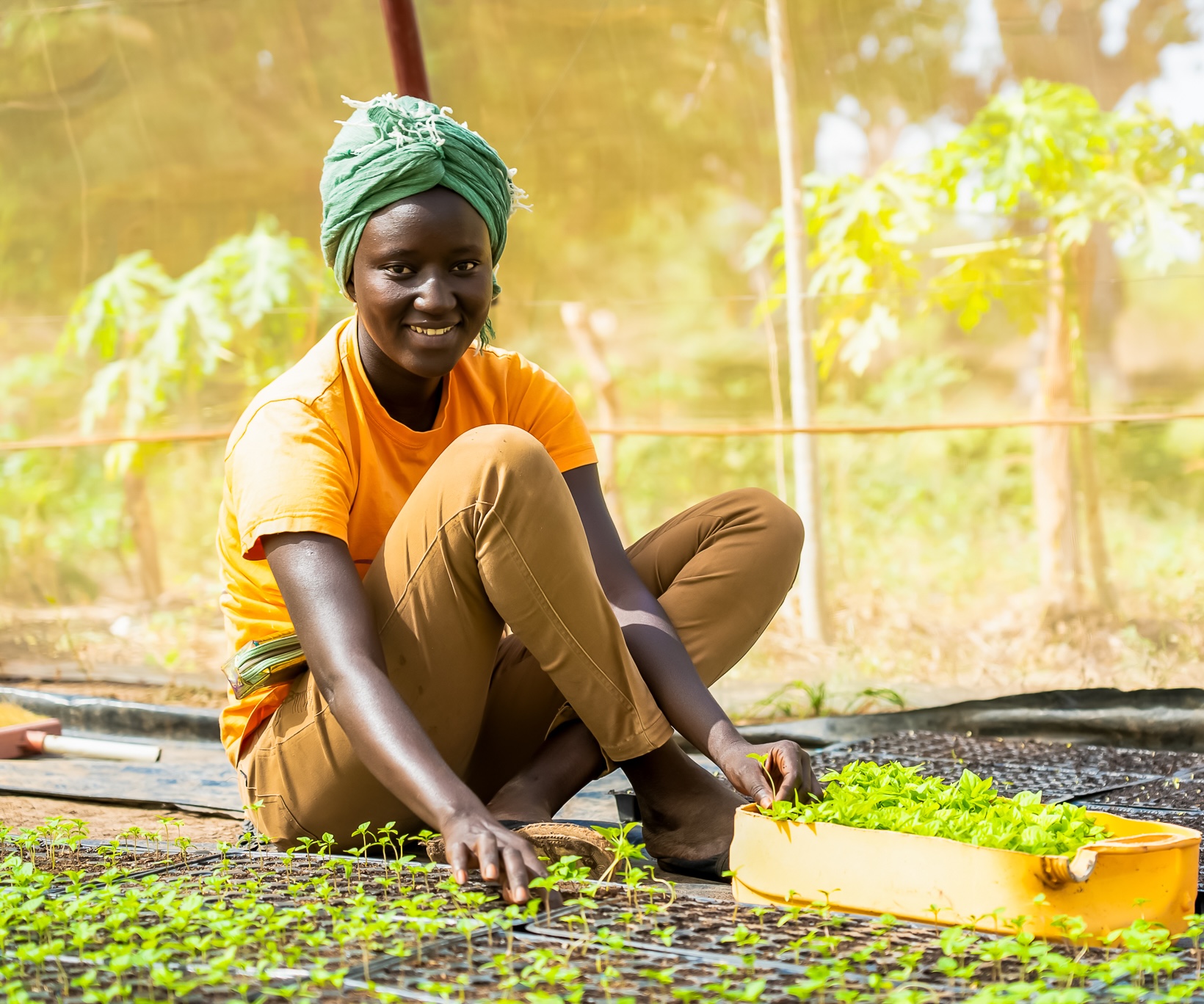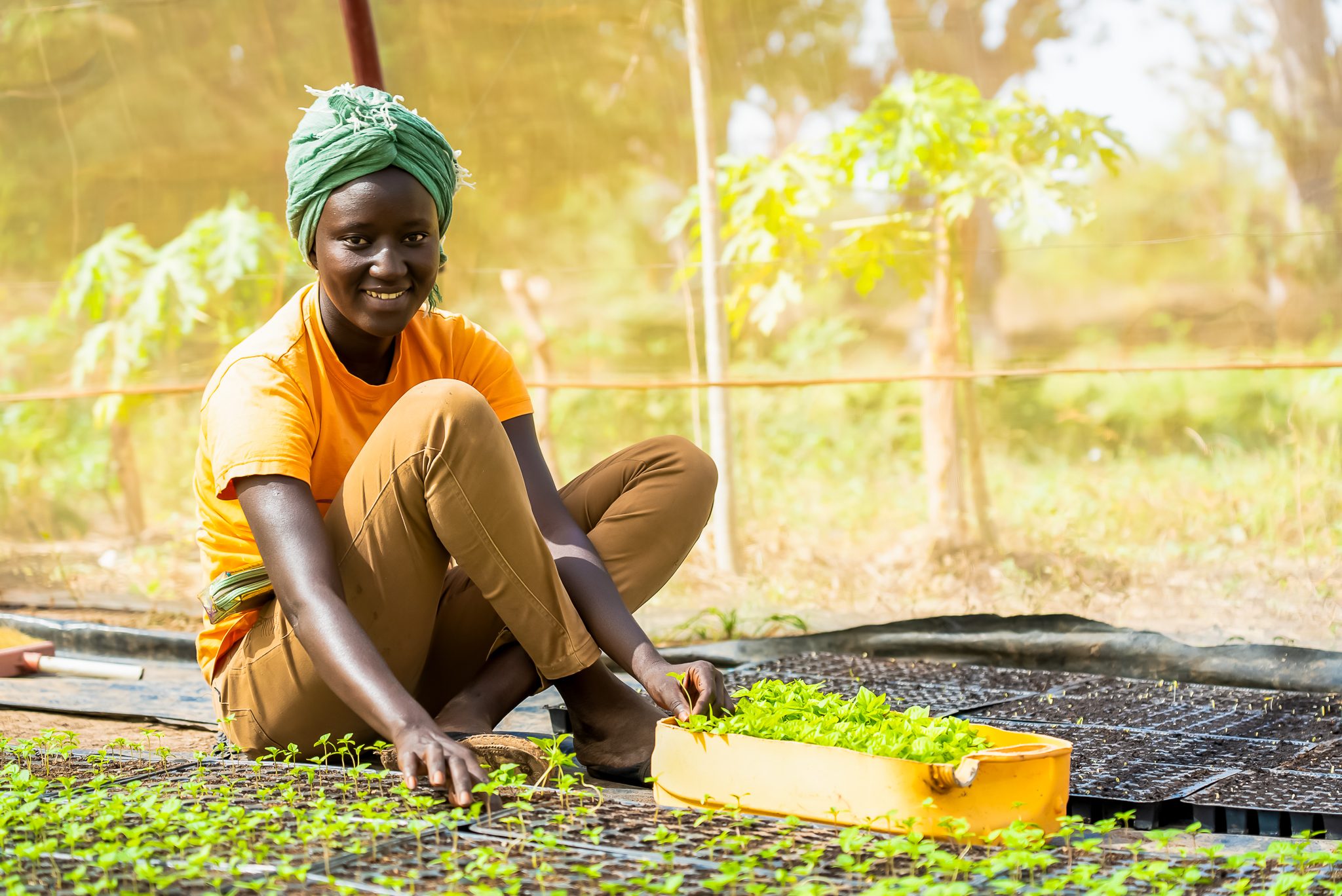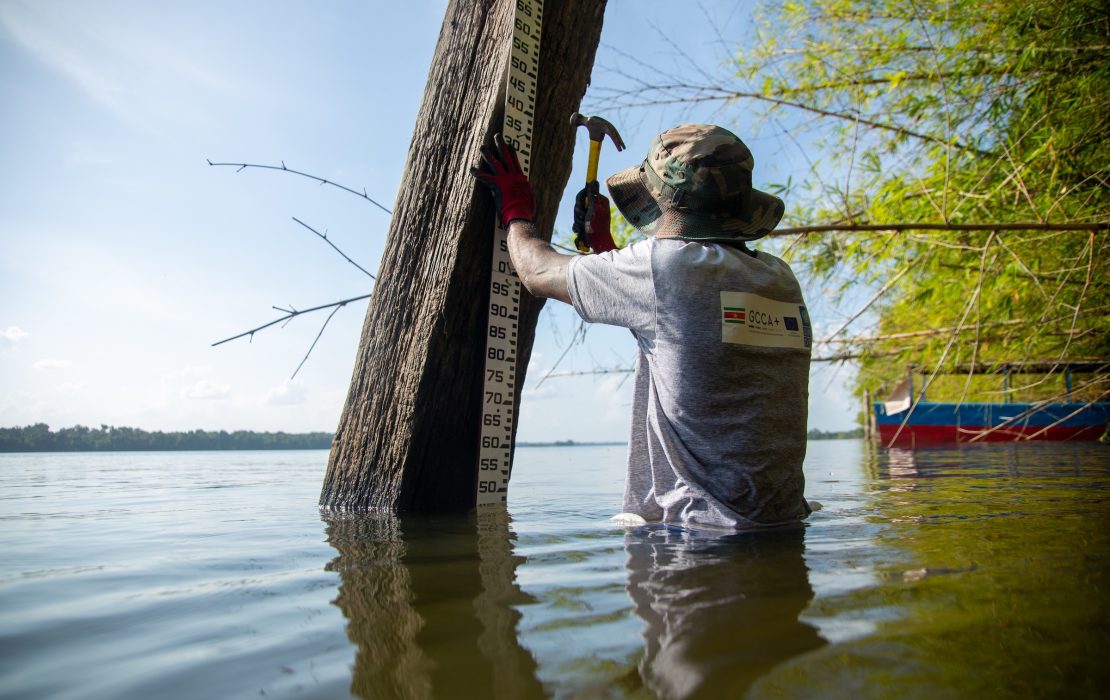

Photo credit: UNDP Sub-Regional Hub for West and Central Africa
As we enter the climate talks at COP30 in Brazil, public attention is directed towards where the world is in its efforts to keep warming below the 1.5°C limit in the Paris Agreement. The focus, therefore, is on the action of major emitters, countries that release the highest quantities of greenhouse gas emissions and make the biggest impact on this globally aggregated threshold. And this is a critical story – one that impacts the future of our planet.
But there is another story here, too. One about the rest of the world. This includes over 150 countries that contribute much less to global emissions, but are disproportionally affected by the impacts of the climate crisis.
Developing countries have been playing a critical role over the last decade in pushing the world towards a safer course. They have advocated for greater ambition in critical fora and designed low-carbon pathways reflected in more ambitious Nationally Determined Contributions (NDCs) under the Paris Agreement. They have also demonstrated what climate-sensitive development can look like, and put in place national systems to manage, cope and respond to impacts which are already on their doorstep.
At UNDP, over the past decade, we have been working hand in hand with over 90 percent of all developing countries on revising and implementing their NDCs and blueprints for development. Most recently, under Climate Promise 2025, we have led the coordinated support provided by the UN system to over 100 developing countries on the latest cycle of NDCs.
This work has contributed to a stronger set of national climate pledges. As of 6 November, 77 new NDCs have been submitted under the 2025 cycle, representing 103 countries – including 13 Least Developed Countries (LDCs) and 18 Small Island Developing States (SIDS) – and around 70 percent of global emissions. Overall, over 70 percent of submissions from developing countries were informed by support from the UN. And more are expected over the coming weeks.
While this work has contributed to a stronger set of NDCs, we are keeping a close eye on how countries are strengthening their NDC; and we are seeing clear trends.
Developing countries are leading the way, increasingly leveraging NDCs as vehicles to deliver both climate and sustainable development goals. Uruguay and Ecuador were among the first developing countries to submit their revised NDCs, with strengthened costing and investment opportunities showing their readiness for scaled up action. Nepal and Cambodia put forward NDCs that are both more ambitious and more inclusive, linking to long-term net-zero emissions and sustainable development strategies, demonstrating what is possible for LDCs despite the scale of challenges they face on limited resources. The Marshall Islands and Sao Tome and Principe demonstrated the leadership of SIDS by stepping up with bold commitments on mitigation, adaptation and loss and damage. Meanwhile, Somalia’s NDC put forward bold plans to tackle fragility across environmental, social and economic dimensions.
What makes this generation of NDCs different is their focus on implementation. They are not about simply articulating aspirational climate targets in a vacuum. These NDCs are now credible plans for driving economies and societies. Countries have established the foundations to make these pathways a reality and we see three key trends that provide clear evidence for this:
1. NDCs are of higher quality than ever
Countries are moving beyond ambition to deliver robust, inclusive climate plans. This means NDCs are built on stronger data, higher quality modeling, and aligning with all aspects of the Global Stocktake guidance agreed by all countries. Over 75 percent of new NDCs include economy-wide emissions reduction targets for 2035, which recognizes a more comprehensive reflection of climate action opportunities across the economy. Adaptation is also given more prominence, with 80 percent of countries expanding measures and 65 percent expanding the number of sectors where adaptation is included. At the same time, NDC processes have been much more inclusive, ensuring they are built on inputs and perspectives from all parts of society. For example, 89 percent include gender-disaggregated information and 80 percent affirm that gender dimensions will be taken into consideration in NDC implementation. Moreover, 77 percent include specific measures involving the roles of young people and children in climate policies and action and 72 percent highlight the crucial roles of Indigenous Peoples and local communities in NDC implementation.
2. NDCs are more investible than ever
We know that the biggest bottleneck to delivering NDCs is finance – where existing financial flows are not sufficient and not equitable. Many investors indicate that there is not a clear articulation of where finance is needed and how it will be used. This round of NDCs is helping a key part of this equation, by incorporating elements that make it easier to invest. For example, more than half of new NDCs include detailed costings for the different sectoral targets and measures. NDCs also focus on how to attract finance, with 75 percent of countries referencing financing support needs and 60 percent referencing climate financing strategies or investment plans to support NDC implementation. Furthermore, many are already identifying specific funding sources or mechanisms. For example, nearly 90 percent of countries reference their intention to use carbon market mechanisms to mobilize both public and private finance. Many countries are also backing this up with policy measures that would de-risk investment and make their economies more attractive for private capital.
3. Coherence between NDCs and other national development policies is stronger than ever
The transitions needed to address the climate crisis will have a direct impact on all parts of society. Decarbonizing transport systems, adjusting agricultural practices, managing water resources – these measures will all affect how people and economies advance. Therefore, any action defined on climate change must be aligned with the broader development vision for the country and its people. Aligning NDCs with national development plans is a fundamental way to make this link – and we are seeing major progress on this. New NDCs ensuring policy coherence to a higher degree than ever before. A recent analysis by UNDP indicates that all countries have aligned at least one or more of their NDC targets and measures with national or sectoral development strategies and plans and over 90 percent make specific links to subnational plans and the role of subnational level governments. In addition, NDCs are also strengthening coherence with biodiversity interventions and nature-based solutions, with over half referencing their National Biodiversity Strategies and Action Plans (NBSAPs) and more than 70 percent aligning with commitments under the United Nations Convention to Combat Desertification.

Photo credit: UNDP Thailand
Overall, the latest cycle of NDCs delivers a clear message: countries are ready to shift from planning to implementation.
For developing countries, this means the demand for climate finance, technical assistance and capacity development to fulfill their NDCs is high and growing. Compared to last cycles, we are at a different starting point. Actions are clear and next steps are mapped. Now all partners must step up their support, and we have no time to lose.
The UN System has a critical role to play in supporting developing countries to implement their NDCs. In the coming months, we are engaging with partners across governments, financial institutions, the private sector, civil society and academia to respond to the UN Secretary-General’s ask to come up with UN System-wide support on NDC implementation, which will be called Climate Promise: Forward. The leadership of developing countries will be at the centre of these discussions, as we remain fully committed to helping them build inclusive, sustainable and climate-resilient economies and societies that can support future generations.


